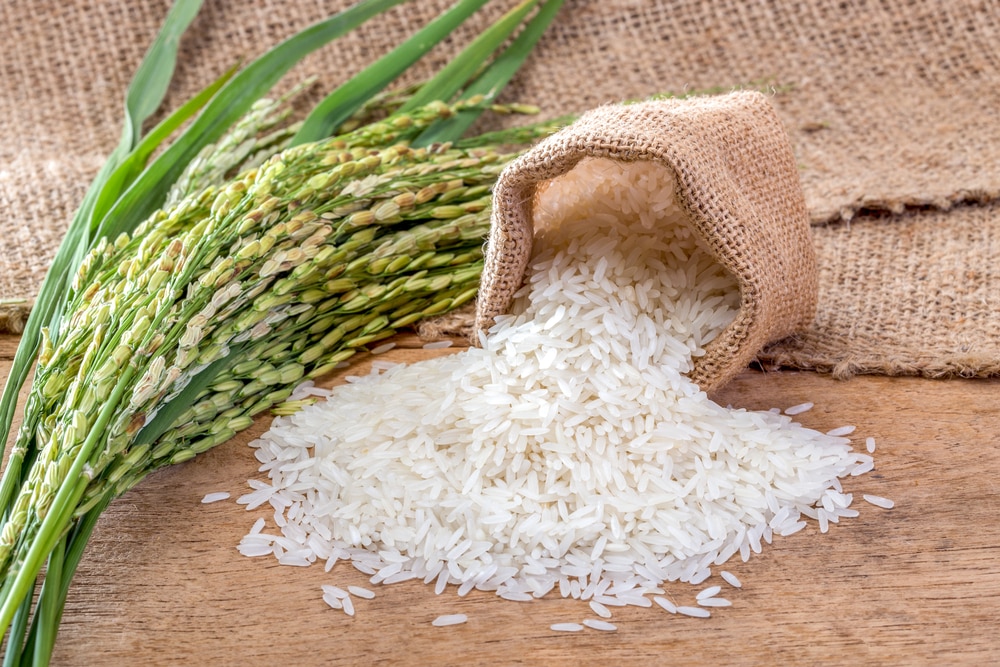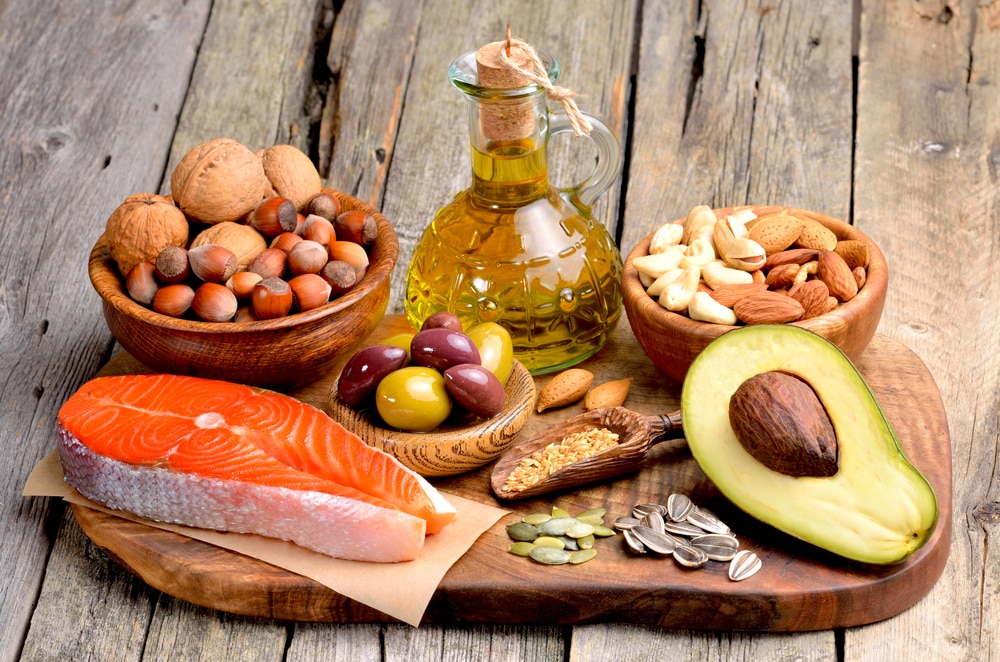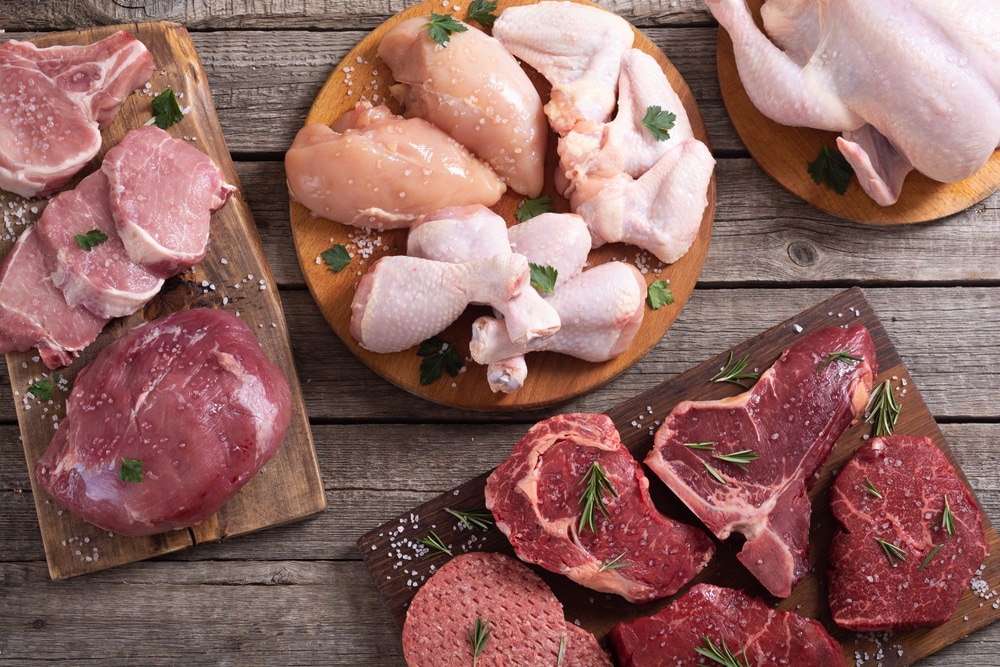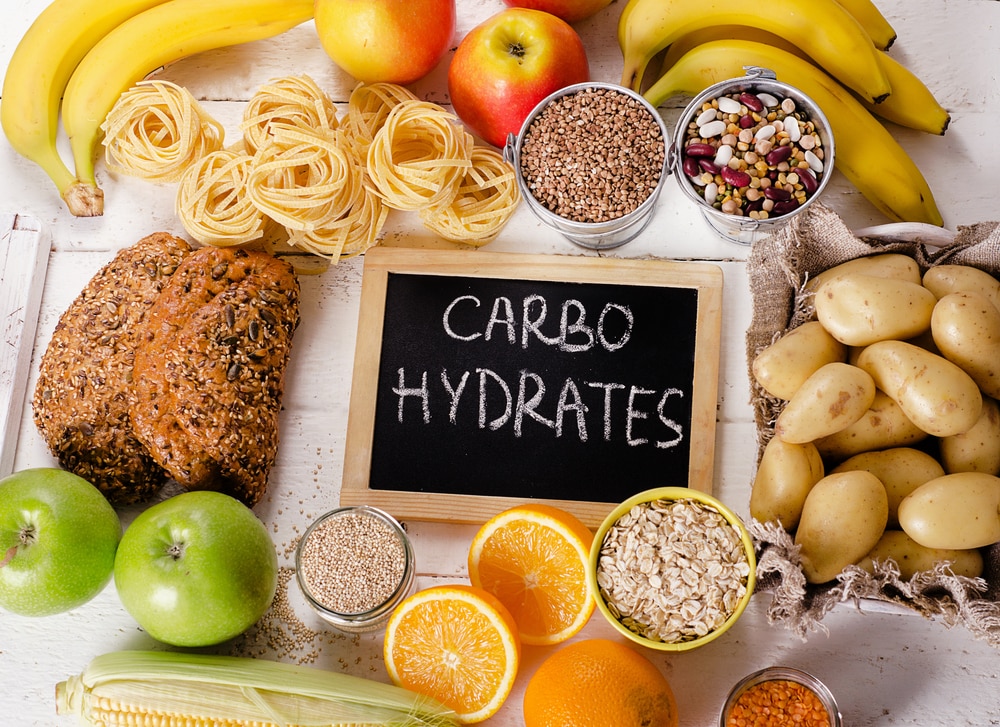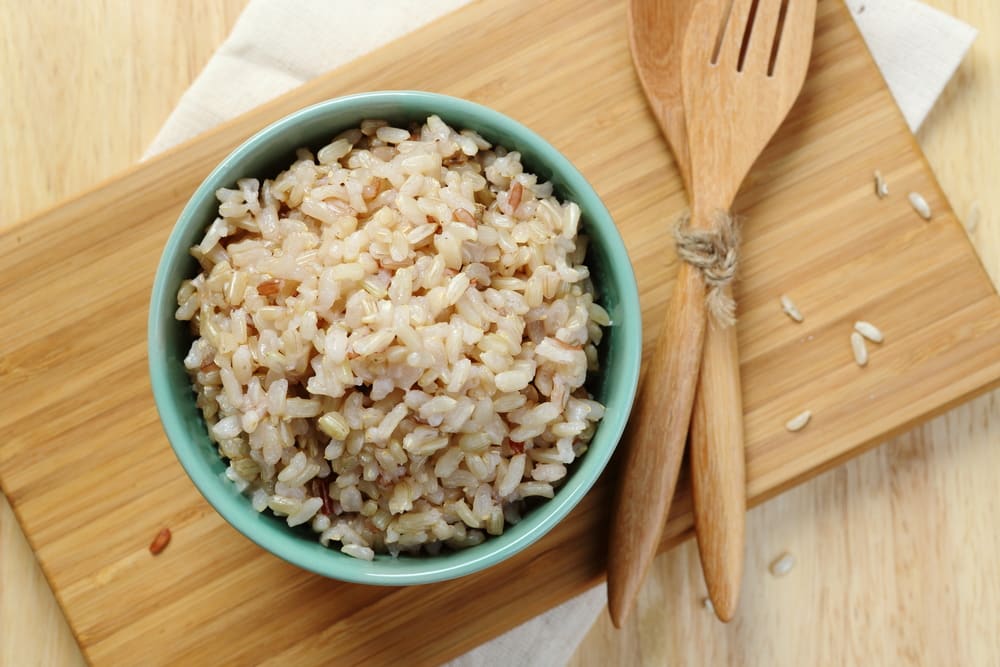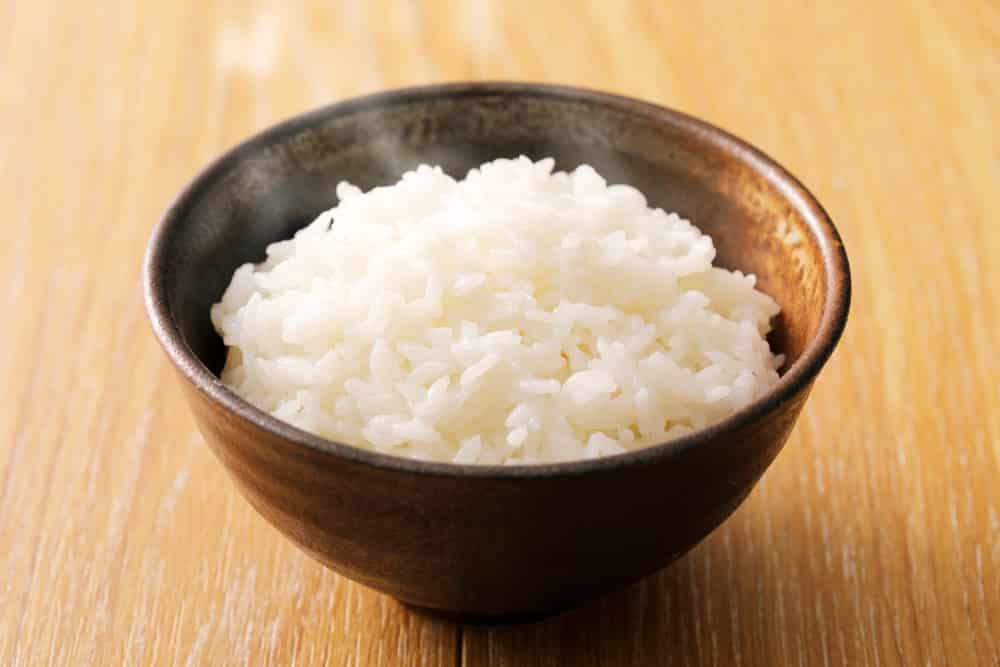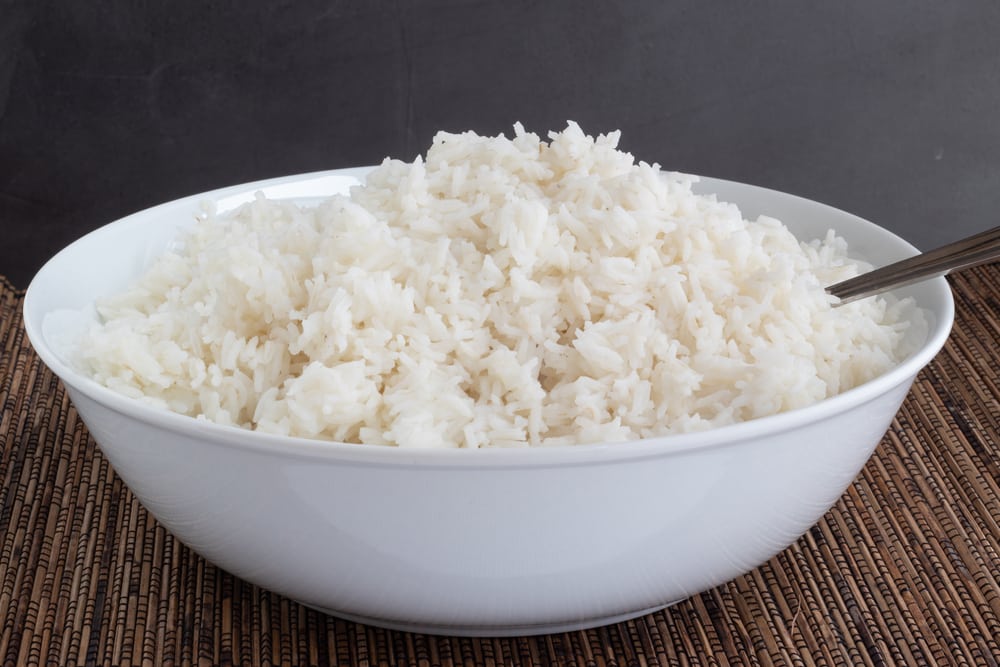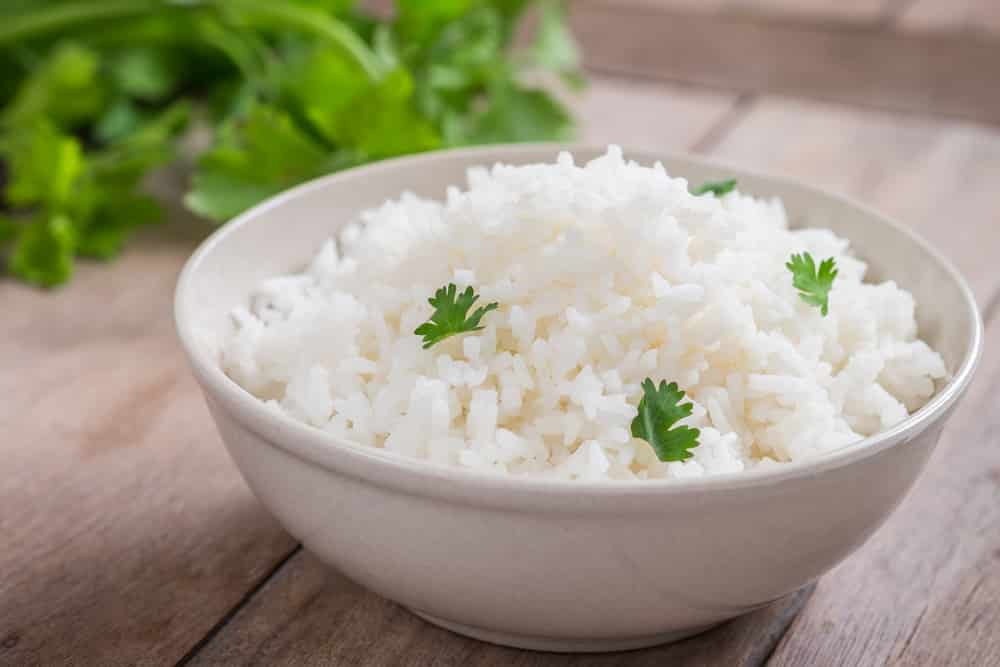
Whether it is rice in sushi, curry, and rice, or rice and gravy with roast beef, rice is a staple food around the world. Have you ever wondered whether rice is a vegetable, grain, starch, or what?
You may know that the USDA diet guidelines advise us to consume anywhere from 5 to 13 serves of fruit and veg a day and you may have wondered if your daily rice comprises one of these serves.
Unfortunately, not. We’re here to tell you upfront that while may rice be versatile, delicious, and filling, it is not a vegetable and if it is refined (white), it isn’t all that nutritious either.
Is Rice A Vegetable?
If you remember the food pyramid that we were all taught at school, rice falls into the grains/ starches part of the pyramid.
Rice is a carbohydrate, which means that it is broken down into sugar in our bodies to provide energy. Rice falls into the same category as rye, oats, and barley.
According to the U.S. government, rice can either be included in the grain group or the bread-cereal-rice-and-pasta group. It is pretty clear that rice isn’t shaped or colored like a vegetable either.
The Food Groups
So, we have already answered the question and shown that rice isn’t a vegetable, but for better context, here is some extra information about the different food groups:
1. Dairy
Milk, cheese, yogurt, and all products made from milk fall into the dairy category.
While we do obtain useful nutrients from dairy products like calcium and protein, we are advised to consume only small amounts from this group.
2. Fats
Fats are essential for our bodies to make hormones and perform other functions but we only need very small amounts per day.
It is best to obtain fats from vegetable sources like olive oil and avocados rather than consuming too much animal fat which can lead to heart disease and other health issues.
Healthy sources of fats are nuts and seeds, olives, avocados, and oily fish.
3. Vegetables
This is the food group that we must eat the most of. It includes many colorful foods that grow in the ground like broccoli, tomatoes, carrots, leafy greens, eggplants, broccoli, and many more.
They are a rich source of fiber, vitamins, minerals, and other micronutrients. As we have said before, rice does not fall into this group.
4. Meat & Poultry
These items form your protein group which also includes eggs and fish. Vegetarians leave out this group and prefer to obtain their protein from plant sources like lentils and beans.
Both brown and white rice contain small amounts of protein – about 2 protein grams per 100 grams.
5. Fruits
The fruit food group is inclusive of bananas, kiwis, oranges, mangoes, apples, grapes, and many more.
6. Carbohydrates
This group includes food items such as potatoes, rice, wheat, and wheat products like bread and pizza. It also includes barley, oats, and rye. These foods provide our bodies with energy and some vitamins and minerals.
It is best to only consume non-refined members of this food group such as brown rice instead of white, wholewheat bread instead of white, and wholewheat pasta instead of white.
As we can see, rice belongs in the carbohydrate/ starch food group and not with vegetables. Nutrition experts are not against eating rice but recommend that it should preferably be brown.
For best nutritional value, mix it with vegetables. For instance, when making paella or pilaff, increase the vegetable to rice ratio.
Why eat wholewheat rice instead of white?
The unrefined whole grains consist of the grain kernel which includes the endosperm, germ, and bran on the outside. For example, brown rice is the whole grain, along with whole cornmeal, oatmeal, and whole wheat flour.
On the other hand, refined white grains are the outcome of the milling process. During the milling process, the germ and bran are eliminated from the kernel. The final outcome has a longer shelf life, along with a finer texture.
However, the downside of refining grain is that essential vitamins, dietary fiber, and iron are removed, which greatly reduces the nutritional content.
For instance, white rice is a refined grain, along with white bread, degermed cornmeal, white flour, and white oats.
This is the prime reason that white rice and brown rice have a difference in their carbohydrate content. For instance, white rice has a carb count of 80 grams in a 100g serving.
On the other hand, a 100g brown rice serving has 77g of carbs but also has fiber. Instead of eliminating rice from your diet, rather substitute white rice with brown.
It takes a little longer to cook but has a delicious nutty flavor and chewy texture.
Rice and Nutrition
It is pretty clear that rice is one of the driving forces behind many rice-growing countries. China is the world’s biggest consumer of rice, and India is second. India exports huge quantities of rice.
It is part of such countries’ food security but its low nutrition value is fairly concerning.
The bottom line is that rice is not a vegetable, and it belongs to the grain food group. Ensure that you still eat an array of colored vegetables every day.
While consuming rice, it is better that you choose brown rice, so you can benefit from the nutrients in it. Keep white rice for occasional use only as it is nothing but starch.
Fried Rice with Vegetables
Here’s a bonus recipe to help you eat more vegetables yet still get the rice you enjoy so much. It uses brown rice for extra nourishment and to keep you full for longer. This recipe serves 2-3 people.
Ingredients:
- 2 cups cooked brown rice
- 4 tablespoons sunflower oil
- 2 eggs, whisked
- 1 chopped and peeled white onion
- ½ cup chopped and peeled carrots
- 2 cups finely chopped vegetables such as broccoli, cabbage, bell peppers, snow peas
- 1 finely chopped garlic clove
- 1 tablespoon peeled and grated fresh ginger
- 1 red chili, seeded and finely chopped
- 3 spring onions including green parts, chopped
- 2-3 tablespoons soy sauce
Instructions:
- Cook the rice first until soft. Drain and set aside.
- Over medium-high heat, heat a wok and add one tablespoon of the oil. Add the eggs and swirl them to cover the pan bottom, like an omelet. Turn it over when set then removes it to a chopping board.
- Wipe the pan clean with a paper towel and add 2 tablespoons more oil.
- When hot, stir-fry the white onion and carrots until tender. Add the other vegetables. Stir fry until cooked and turning golden.
- While they are cooking, chop the omelet into strips.
- Put the egg strips in a bowl and tip the vegetables in once they’re done.
- Return the wok to the heat with the last spoonful of oil. Add the garlic, ginger, chili and cook for half a minute, stirring constantly. Add the rice and mix well.
- Cook until the rice is turning golden on the edges.
- Add the spring onions, soy sauce, plus vegetable and egg mixture.
- Taste and add more soy sauce if you like.
- Divide into bowls and serve hot straight away. Leftovers keep well in the fridge for a couple of days.
